9 Signs Your Dog Is a Genius
Some pups are masters of fetch, others can break out of a locked crate like a seasoned escape artist, and then there are the dogs who seem to understand you better than most people. So, how do you know if you’ve got a canine brainiac on your hands? These signs will confirm.
Masters New Tricks Instantly
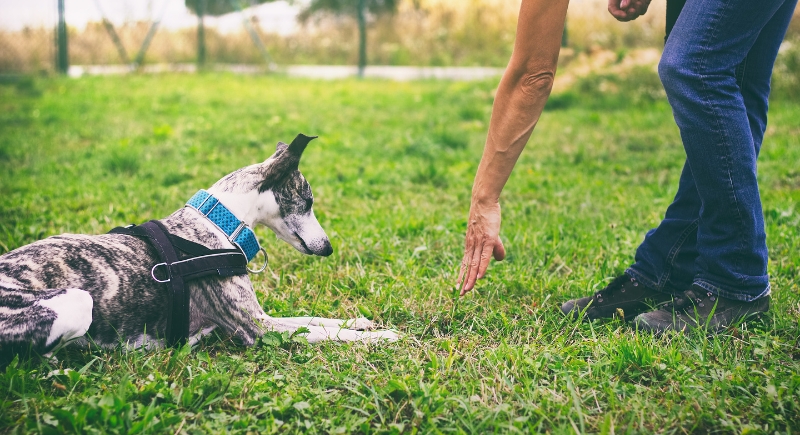
Credit: Getty Images
Picking up on human cues quickly is a good sign that your dog’s brain is working overtime. Some dogs only need five repetitions to grasp a new cue. That means you might not need to repeat “roll over” a dozen times—they’ve got it.
Uses Eye Contact to Get What They Want
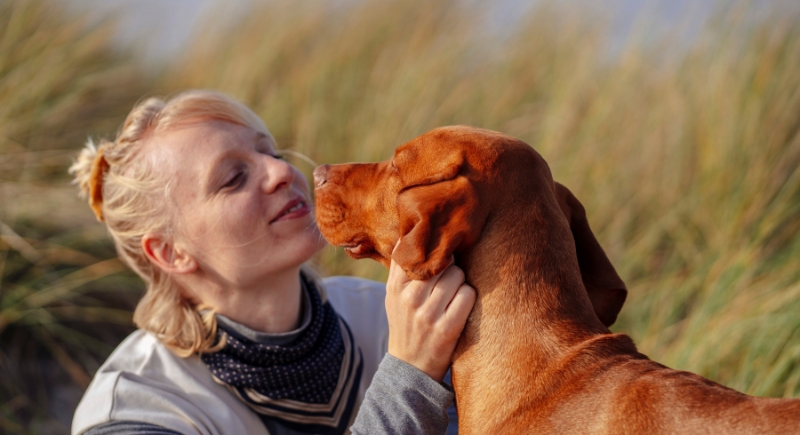
Credit: Getty Images
Have you ever felt like your dog is staring into your soul… or your sandwich? Sharp pups recognize the impact of eye contact and are capable of using gaze as a social tool, much like humans.
Outsmarts Puzzle Toys
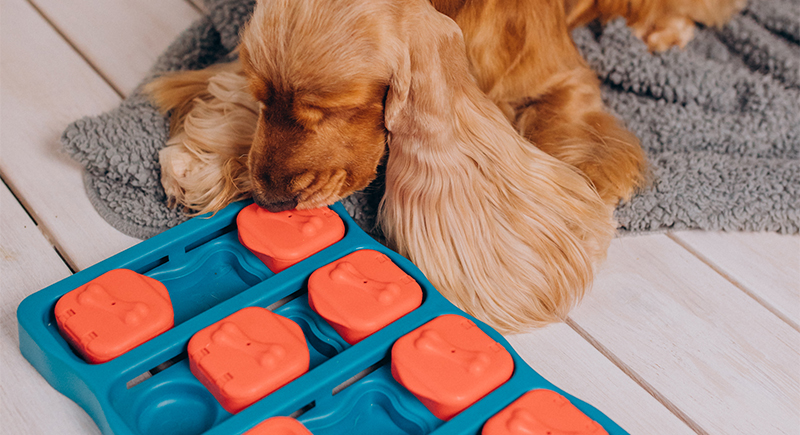
Credit: freepik
Food puzzles are fun for most dogs, but if your pup breezes through the toughest ones in minutes, that’s problem-solving. Intelligent dogs enjoy mental challenges, and they don’t get stuck easily. They remember patterns, learn from trial and error, and may even find shortcuts.
Copy Other Dogs or People
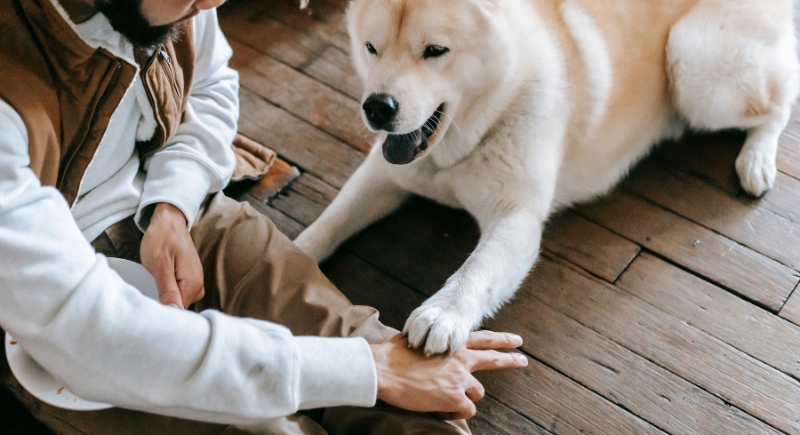
Credit: pexels
Mimicking another pet’s behavior, or even yours, demonstrates that your dog can observe and replicate actions. That includes learning where to potty by watching an older dog or figuring out how to nudge open a gate after seeing someone else do it.
Knows How to Manipulate You (Sweetly)
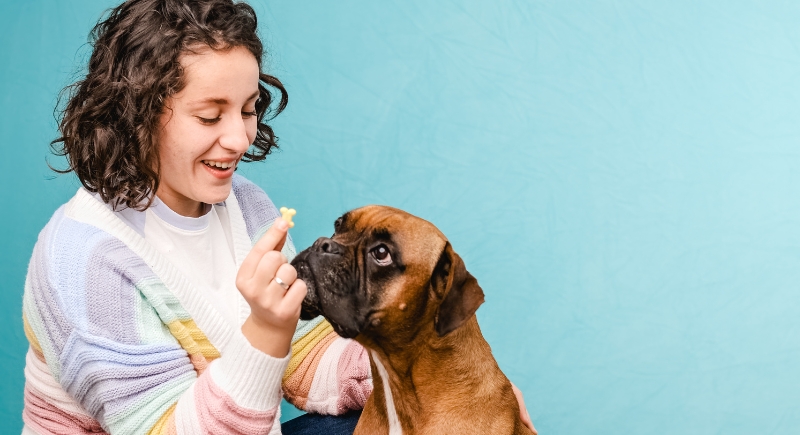
Credit: Canva
Smart dogs know how to work a situation. Maybe they pretend they haven’t been fed, or fake an injury to get attention. Canine manipulation, in this case, shows planning and an understanding of cause and effect.
Understands Human Gestures
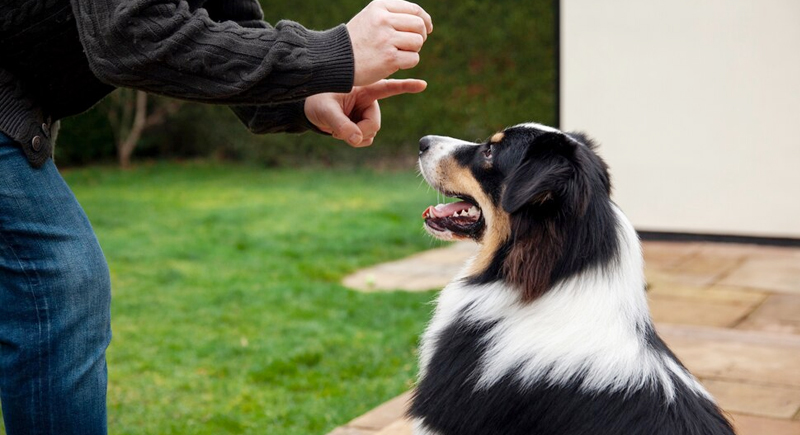
Credit: freepik
Dogs that follow your finger when you point or pick up on hand signals without verbal cues show social intelligence. Even small pups as young as 8 weeks can respond to pointing. Dogs rely on gestures more than verbal commands, especially during training.
Recognizes Words Beyond Their Name
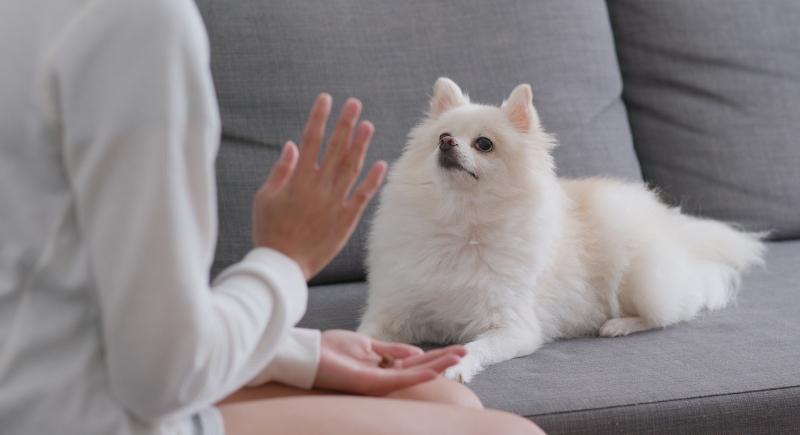
Credit: Canva
A handful of super-smart dogs have been shown to understand over 200 words. The average dog learns about 165 words, and that number can go much higher with the proper stimulation and repetition.
Remembers Things That Matter
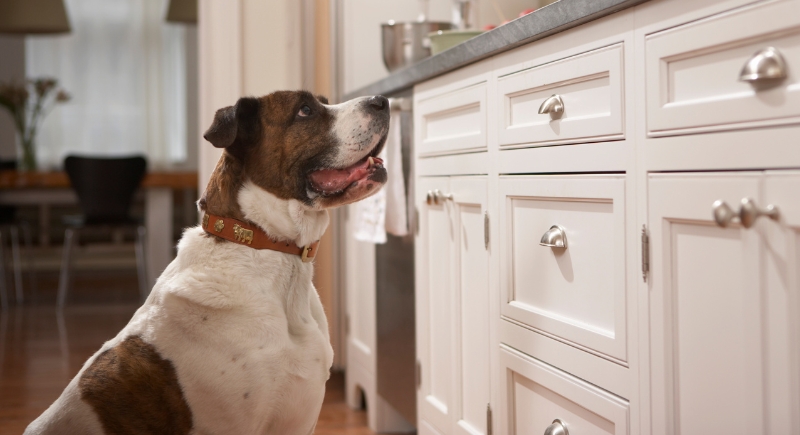
Credit: Canva
Your dog probably remembers where you last hid the treats or the path to the dog park. This is called spatial memory, and it’s a strong indicator of smarts. Dogs also have strong associative memories—they link events, objects, and people with past experiences.
Responds to Emotions Without Prompting
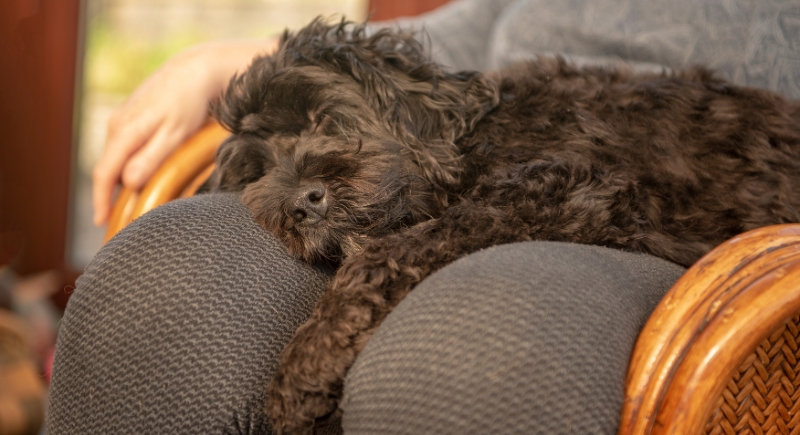
Credit: Getty Images
When a dog nuzzles into your lap during a stressful moment or keeps its distance when you’re irritated, it reacts to your emotional state. Dogs with this skill notice tone, posture, and facial expression. They’re emotionally intelligent and behaviorally responsive.
Doesn’t Fall for Fake Throws Twice
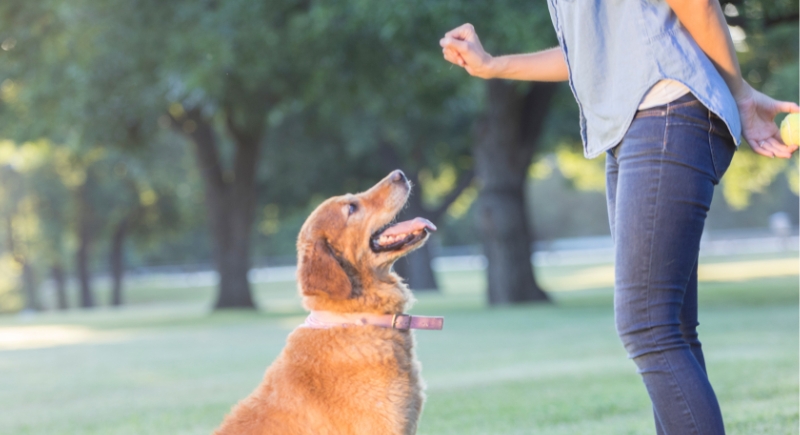
Credit: Getty Images
The first time a toy gets faked, your dog may charge ahead. The second time, more intelligent dogs pause, check your hand, and figure it out. Learning from mistakes, recognizing patterns, and adjusting behavior are signs of adaptability and good memory.
Keeps Busy Without Help
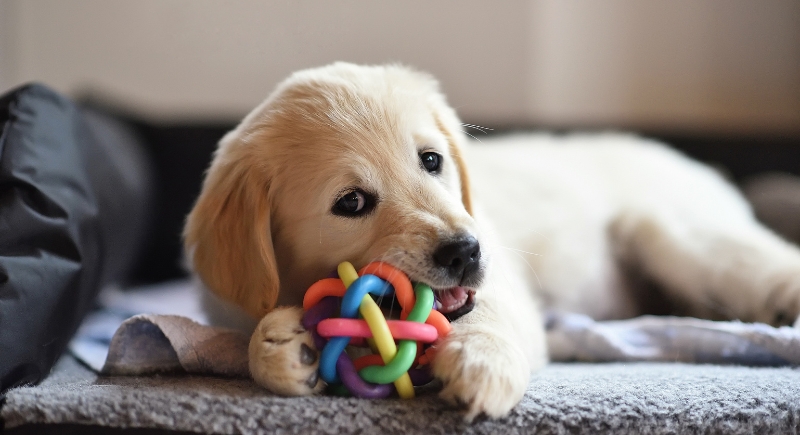
Credit: Canva
Some dogs, when left alone, invent their own games, use toys creatively, or solve simple challenges around the house. That ability to entertain themselves points to curiosity and self-driven learning, both indicators of a strong mind.
Gets Destructive When Mentally Underworked

Credit: pixelshot
Chewed-up shoes and shredded pillows aren’t always about bad habits. Smart dogs need stimulation. When bored, they may turn to chaos as a substitute for challenge. Providing enrichment helps reduce the mischief and channel the brainpower productively.
Seeks Assistance in Smart Ways

Credit: Getty Images
Instead of giving up, intelligent dogs often bring a problem to you. They’ve learned that humans can help, and they use that knowledge when stuck. So, when your dog is nudging you with a puzzle or leading you toward something they can’t reach, it’s a calculated request.
Understands Object Permanence
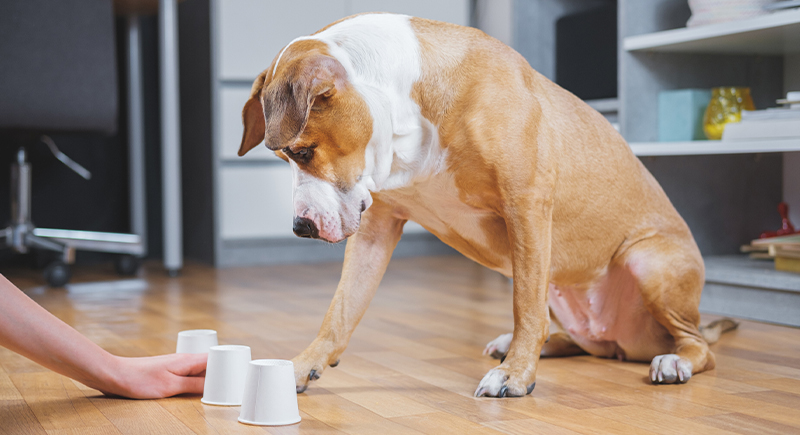
Credit: iStockphoto
Hide a treat under a cup, and many dogs will follow the trick. Those who don’t lose track of it are showing object permanence—the understanding that things still exist even when out of sight. This cognitive ability develops early and sharpens with exposure.
Predicts What Comes Next Without Being Told
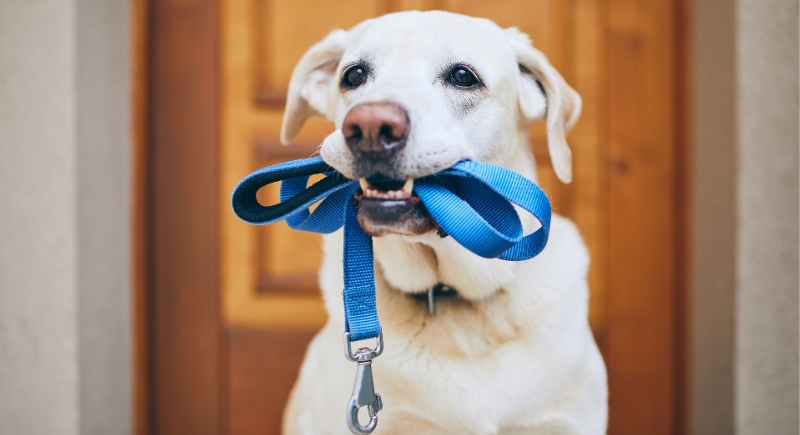
Credit: Canva
Dogs that grab the leash before you ask or sit by the door moments before your usual walk time are drawing on pattern recognition. Their ability to link routines with timing and prepare in advance reflects memory and logic.